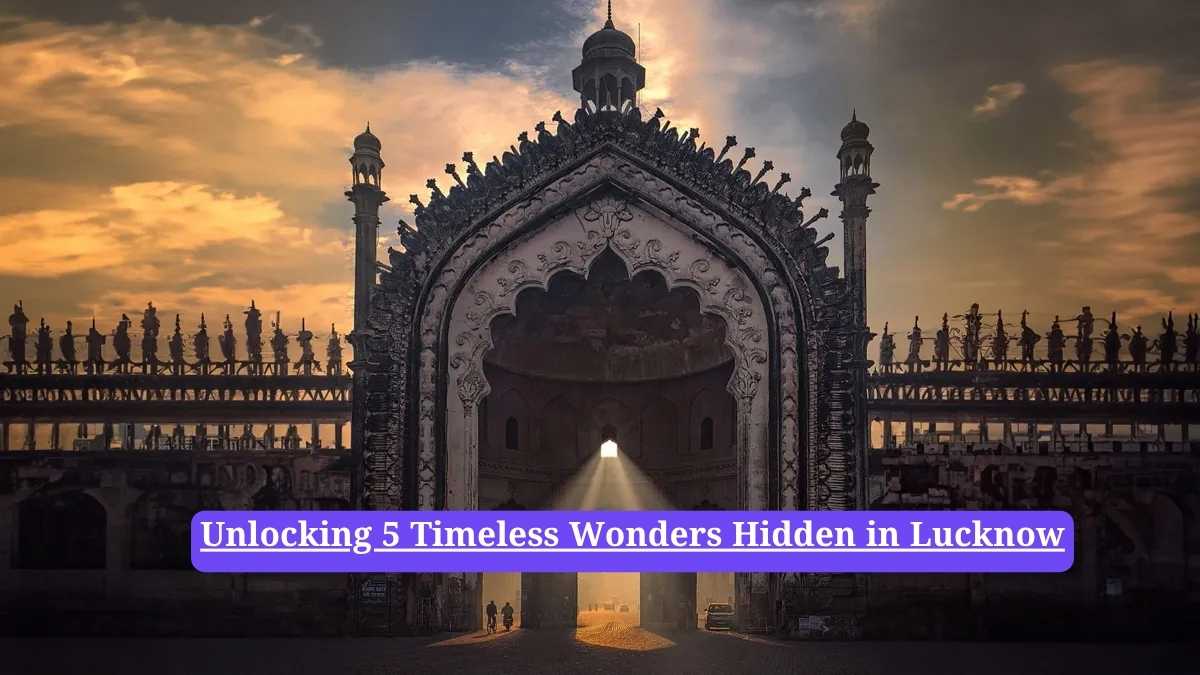Join WhatsApp
Join NowLucknow Heritage Sites: Lucknow, the majestic capital of Uttar Pradesh, is a city that doesn’t just exist in the present; it breathes history. Fondly known as the “City of Nawabs,” this is a place where the aroma of legendary cuisine mingles with the faint echo of courtly poetry and the grandeur of royal elegance. But beyond its world-famous kebabs and delicate Chikankari embroidery, Lucknow guards a treasure trove of architectural marvels, each a silent narrator of a bygone era of opulence and intrigue.
For the discerning traveler from India, the history enthusiast from the UK, or the curious explorer from the USA, a journey through Lucknow is a journey back in time. Here are five heritage sites you absolutely must visit to unlock the city’s royal soul.
1. Bara Imambara: The Colossal Feat of Compassion and Genius
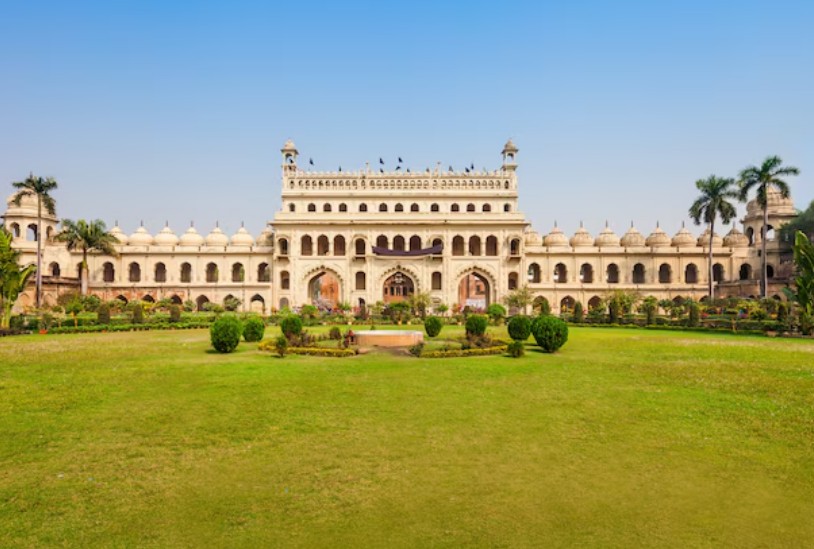
One of the most iconic and awe-inspiring monuments in Lucknow, the Bara Imambara (or Asafi Imambara) is more than just a building; it’s a symbol of benevolence. Commissioned by Nawab Asaf-Ud-Daula, its primary purpose was not glory, but to provide employment to the public during a devastating famine. This architectural marvel, one of the largest unsupported structures in the world, was ingeniously constructed without a single iron beam or any European materials.
The complex is a world of its own. It houses the magnificent Asfi Mosque, a serene courtyard, and a deep step-well (Bowli). But its crowning glory is the legendary Bhul-Bhulaiya, a fascinating and bewildering three-dimensional labyrinth with over 1,000 interconnected passages and identical doorways. It is said that even the architects would get lost in its dizzying maze. A visit here is an adventure in itself, a chance to get lost in the ingenuity of Awadhi architecture.
2. Chota Imambara: The Dazzling Palace of Lights
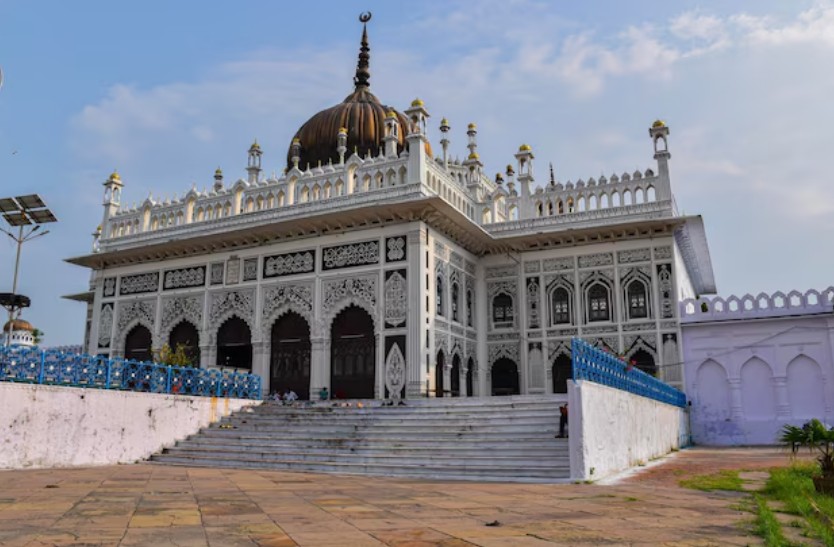
If the Bara Imambara impresses with its colossal scale, the Chota Imambara (or Imambara Hussainabad Mubarak) mesmerizes with its exquisite, jewel-box beauty. Aptly known as the “Palace of Lights,” this monument is a breathtaking spectacle of Indo-Islamic and Persian architectural styles. It took nearly 54 years to complete, and the attention to detail is evident in every corner.
The interiors are adorned with elaborate glasswork, gleaming silver pulpits, and magnificent chandeliers brought all the way from Belgium. During festivals, particularly Muharram, the entire structure is illuminated, transforming into a magical, fairytale-like vision that reflects in the water channels outside. It’s a testament to the refined aesthetic sense of the Nawabs and their spiritual heritage.
3. British Residency: A Hauntingly Beautiful Chronicle of a Siege
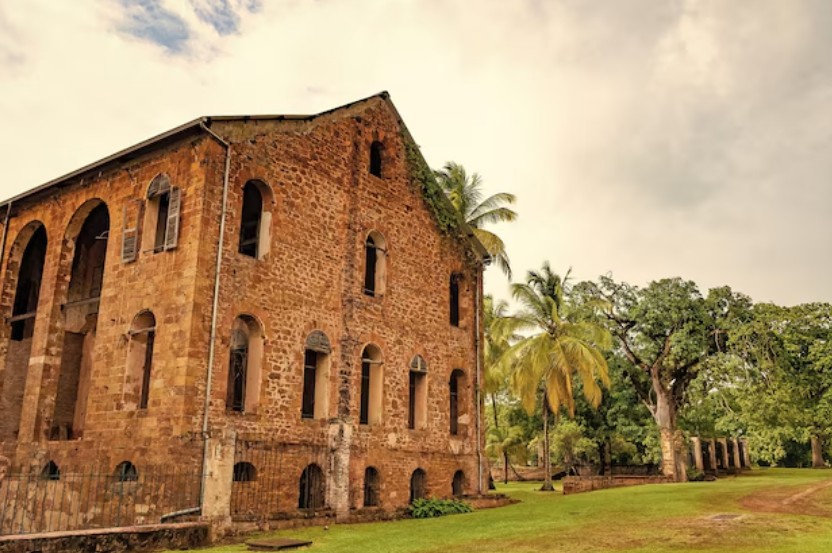
The British Residency is where history feels most palpable. This sprawling complex of buildings, now in picturesque ruins, served as the residence for the British Resident General. It became the stage for one of the most dramatic events in India’s history—the Siege of Lucknow during the 1857 Uprising. The cannonball marks and crumbling walls stand as silent witnesses to the fierce battles that took place here.
Yet, amidst the ruins, there is a profound sense of peace. Manicured lawns and vibrant flowerbeds create a serene environment, inviting visitors to reflect on its turbulent past. The evening light and sound show is a must-see, brilliantly narrating the story of the siege and bringing the ghosts of the past to life.
4. Rumi Darwaza: The Majestic Gateway to Old Lucknow
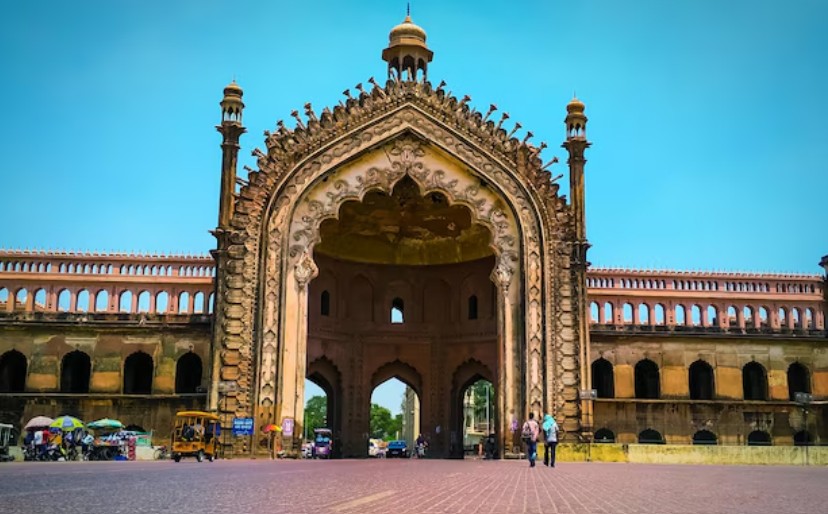
Standing 60 feet tall, the Rumi Darwaza is not just a gate; it is the iconic symbol of Lucknow itself. Often called the Turkish Gate, it was built by Nawab Asaf-Ud-Daula and is believed to be modeled after the Sublime Porte in Istanbul (formerly Constantinople). This majestic archway is a stunning example of Awadhi architecture, a style distinct from the more common Mughal designs seen across North India.
For centuries, this gateway marked the entrance to the old city of Lucknow. Today, it stands proudly in the bustling heart of the modern city, a photographer’s delight and a constant, magnificent reminder of the city’s royal past.
5. Chattar Manzil: The Umbrella Palace on the Riverbank
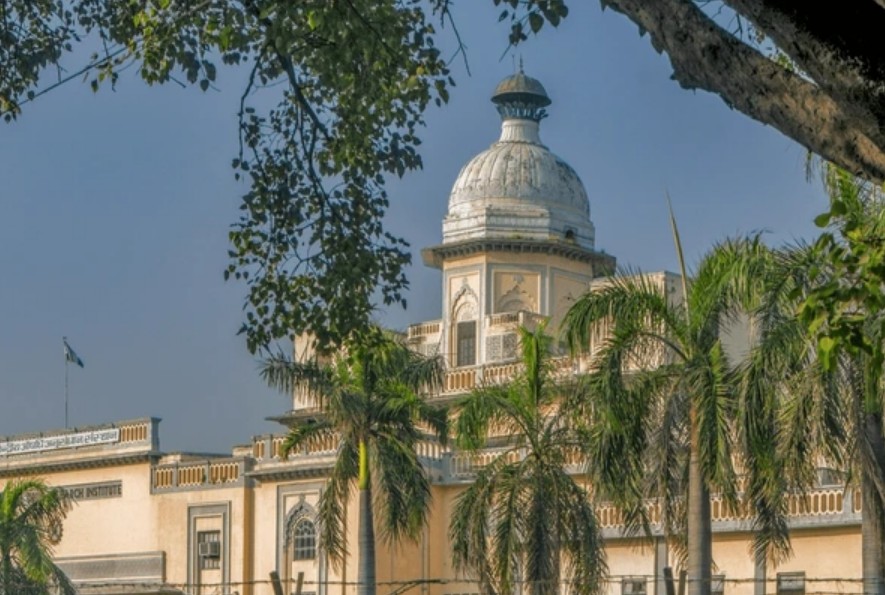
Gracefully perched on the banks of the serene Gomti River, the Chattar Manzil, or “Umbrella Palace,” gets its name from the umbrella-shaped domes that crown its structure. This magnificent palace, which served as a residence for the Nawabi rulers and their wives, is a fascinating fusion of Mughal grandeur and European (specifically French) architectural styles.
Its unique design and scenic location have not only charmed historians but also modern-day storytellers. The palace’s grandeur has made it a popular filming location for Bollywood movies, including the blockbuster hit ‘Jolly LLB 2’, adding a touch of cinematic glamour to its rich history.
